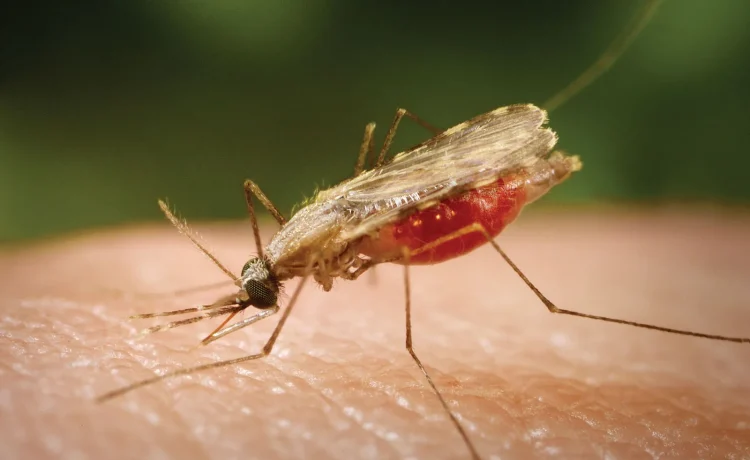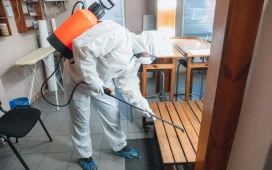Minimalism is more than just a design trend. It is a lifestyle choice that includes multiple benefits, the foremost being fewer pest problems. By understanding the science behind pests and how they interact with the environment, it becomes clear why minimalist homes experience less pest activity. Let’s zoom in to the science behind pest-free living to make our homes healthy and free of these rodents. Grab the expert advice from the team of pest control in Lake Butler to make your home pest-free.
Clutter
Clutter and uncleaned areas attract pests. These are rodents, insects, and other unwelcome visitors that pollute the home’s healthy environment by hiding at the spots and nesting areas. Cluttered homes create an ideal space for pests by offering:
- Hidden crevices—Piles of unused items, such as stacks of old newspaper or cardboard boxes, give place to pests to hide and grow.
- Obstacles—Excessive clutter makes it tough and time-consuming to clean regularly. Crumbs, dust, and debris accumulate and become a buffet for pests.
A minimalist home prioritizes open space and clean surfaces, which leaves fewer opportunities for pests to settle in.
Accessibility of Food Storage
One of the core reasons for pests settling in our home is the search for food. The organized home reduces pest activity as everything is organized, and the kitchen design is very close. Here’s why a minimalist home approach is the smart choice:
- Proper storage—These homes use airtight containers for food storage, which prevents pests from accessing their primary food sources.
- Frequent cleaning- Fewer items on counters and cabinets make the kitchen spotless, leaving few spots for pests to scavenge.
Material and construction choices
The simple design incorporates modern materials that are less pest-friendly than any traditional options. Some of the relevant examples include:
- Smooth surface—Pests find it difficult to grip and nest in smooth, polished areas like stainless steel or treated wood.
- Sealed entry- Simple homes often focus on simple construction, which reduces gaps and cracks where pests can enter.
Scientific evidence
Studies of urban entomology support the idea of cleanliness and organization. A study proved that homes with a higher level of clutter and poor sanitation significantly have more chances of infestations of common pests like cockroaches and ants. Simple and organized homes focus on cleanliness and order. This aligns well with the research work and supports the idea that a home will be pest-free and will never be hostile to any unwanted invaders.
Practical tips for a pest-free home
You must be inspired to protect your home from pests and make it healthy. The following actionable steps will make it simpler:
- Declutter: Donate, recycle, and discard items regularly that are unused. This prevents clutter from accumulating.
- Seal entry points: Inspect the homes from the gaps around windows, doors, and pipes. Seal them to keep pests out.
- Invest in airtight containers: Store all the required pantry items in pest-proof containers, which makes the food resources more accessible.
- Adopt a cleaning routine: Regularly clean the floors, countertops, and storage areas to remove debris and crumbs.
- Choose pest-resistant materials: When renovating or redecorating, opt for materials that deter pests, such as stainless steel and sealed hardwood.
Conclusion
Minimal homes are not just aesthetic but also scientifically advantageous regarding prevention. By removing clutter, improving food storage, and adopting cleanliness habits, one can create a space that is inhospitable to pests.
It takes care of the mental situation, reduces stress, and promotes sustainability by encouraging mindful consumption. These advantages, combined with fewer pest-related problems, make the simple, clean home the modern choice of living.











